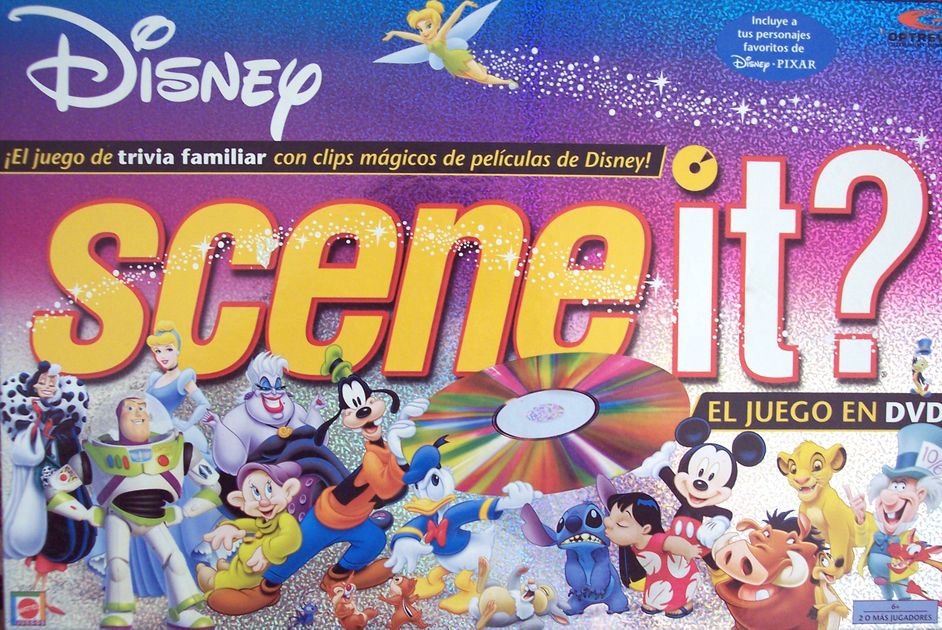Scene It is the first ever DVD-based board game, combining a cool social interactive board game with Hollywood trivia and the visual excitement of the fast-growing DVD technology. Turns a flat board game into a 3-D multimedia match with unforgettable songs, favorite scenes from Disney classics old and new. About Press Copyright Contact us Creators Advertise Developers Terms Privacy Policy & Safety How YouTube works Test new features Press Copyright Contact us Creators.


Physically Based Rendering, Third Edition describes both the mathematical theory behind a modern photorealistic rendering system as well as its practical implementation. A method known as “literate programming” combines human-readable documentation and source code into a single reference that is specifically designed to aid comprehension. Through the ideas and software in this book, you will learn to design and employ a full-featured rendering system for creating stunning imagery.
Disney Scene It Dvd Only

This new edition greatly refines its best-selling predecessor by adding sections on bidirectional light transport; stochastic progressive photon mapping; a significantly-improved subsurface scattering implementation; numerical robustness issues in ray-object intersection; microfacet reflection models; realistic camera models; and much more. These updates reflect the current state-of-the-art technology, and along with the lucid pairing of text and code, ensure the book's leading position as a reference text for those working in rendering.
The author team of Matt Pharr, Greg Humphreys, and Pat Hanrahan garnered a 2014 Academy Award for Scientific and Technical Achievement from the Academy of Motion Picture Arts and Sciences based on the knowledge shared in the first and second editions of the book this book. The Academy called the book a “widely adopted practical roadmap for most physically based shading and lighting systems used in film production.”
Disney Scene It Game

Scene It Disney Online
For a preview, you can download both Chapter 7, Sampling and Reconstruction, from the first edition of the book as well as Chapter 4, Primitives and Intersection Acceleration from the second edition.
